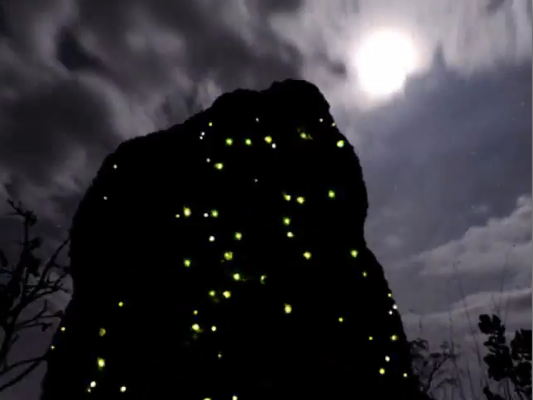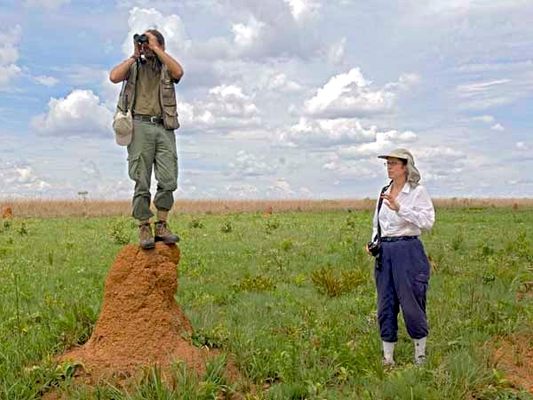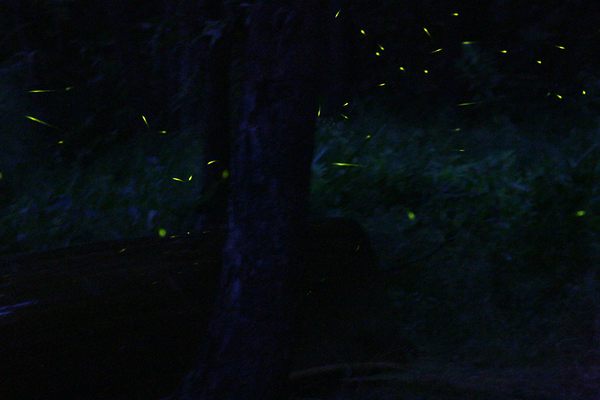About
Termites thrive all over the world, building sprawling nests and wreaking occasional havoc on local lumber supplies. In Brazil, they build tall towers of cement-like Earth.
These termite mounds can grow quite large with diameters up to 30 meters, and towers reaching heights of 7 meters or more. Not only do they provide a home for up to several million termites, they’re also used as nesting sites for the Buff-breasted Paradise-Kingfisher and as home to hundreds of glowing Pyrophorus beetle larvae. At night, the termite mounds look like they’re wrapped in Christmas lights.
A UNESCO World Heritage site, Emas National Park is a wonderland of waterfalls, mountains, and savannah. You can find maned wolves, rhea (large, ostrich-like birds), tapirs, toucans and jaguars roaming here. And while any of these is worth a visit, the most breathtaking nocturnal site is the series of glowing termite mounds. The Pyrophorus nyctophanus beetle (also known as the Headlight Beetle) is bioluminescent as an adult, but it’s the larvae that truly shine. Adult beetles lay their eggs in the sides of termite mounds. When the young hatch, they glow with a green light bright enough to read by.
While the adults eat plants, the young are carnivorous and their lights are a lure. Unsuspecting insects will make their way towards the pretty lights only to be seized for a meal by the voracious larvae. And yes, termites are a favorite food. In fact, the larval growth cycle is timed to take advantage of termite migrations, and many a termite will meet its end in the jaws of an inconsiderate houseguest.
The glowing mounds are best seen in the savannas during the summer, though they can be found in the jungles as well. The terrain can be quite rugged, but there are several private tour outfits that can guide you.
Related Tags
NEW - Wild Brazil: Rivers, Dunes & the Amazon
Explore Amazon villages, fish for piranha, and cool off in lagoon-covered sand dunes.
Book NowPublished
June 22, 2016






















